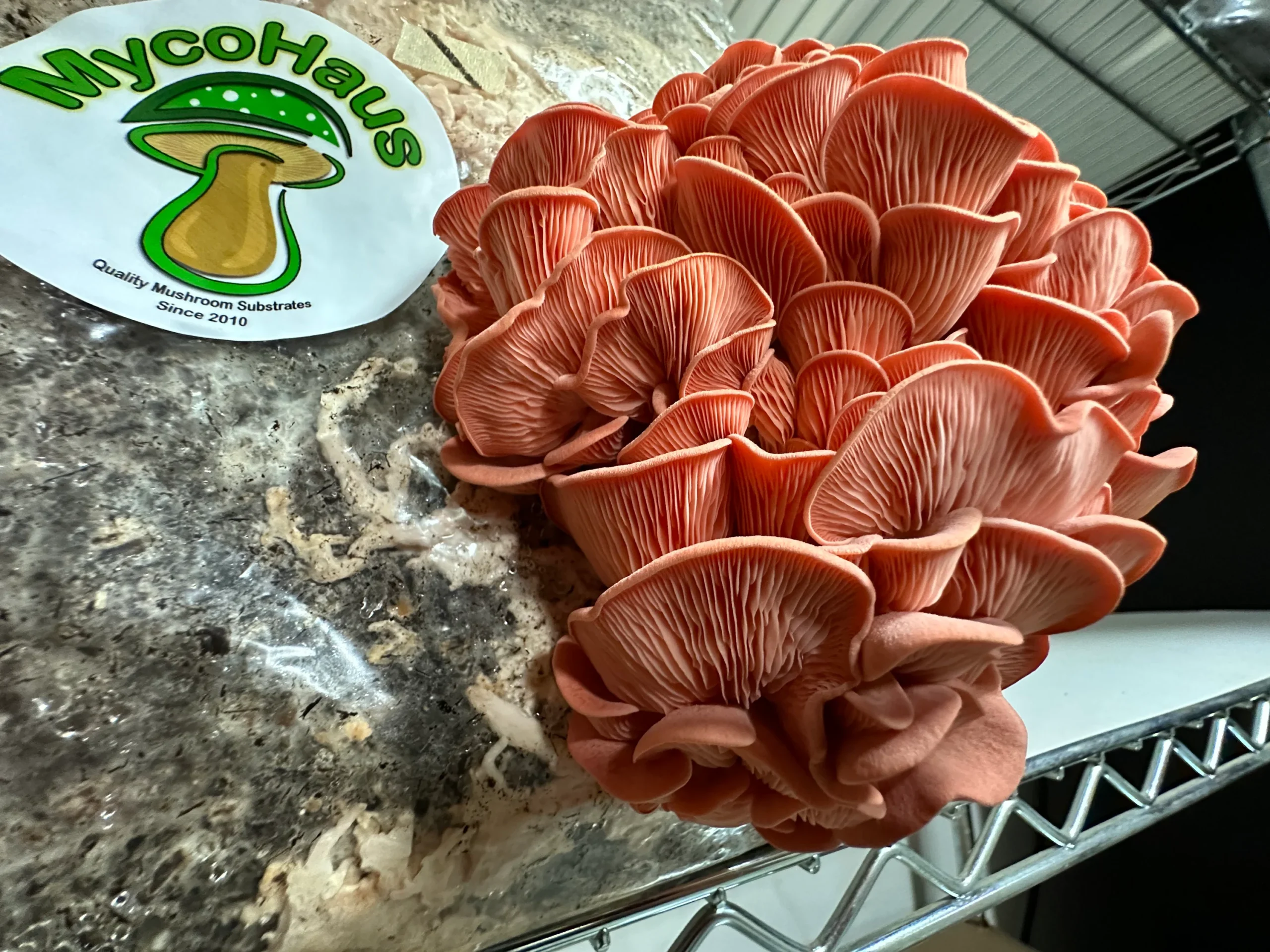Description
Mushroom Spawn
Mushroom spawn is used to inoculate substrate for mushroom cultivation. When selecting the appropriate variety, be sure to select an appropriate spawn for optimal results.
Grain spawn is sterilized grain that has been inoculated with either spores or mycelium solution, usually rye and millet grains, to increase yields. Some farmers will add additional sources of nitrogen such as bran or other sources to increase production yields further.
Substrate
Mushroom spawn is made by inoculating mycelium into another medium such as grain or sawdust and incubating to allow maturation; ultimately this results in fruiting.
Substrates used to cultivate mushrooms typically consist of various materials and may need to be supplemented with certain nutrients. Ideally, these substrates should also be sterilized or pasteurized so as to not contain harmful bacteria and molds that might interfere with colonization by your desired species.
Coffee grounds are among the easiest and least costly substrates to use, particularly with access to an autoclave. Other popular substrates include straw, manure and coir; for non-nutrient rich substrates like straw you may also wish to try sterilizing by submerging them in hot water and butane mixture.
Once a substrate has been sterilized or pasteurized, it must be properly hydrated to facilitate colonization by beneficial microbes. In general, it should be immersed in water for two to four weeks at a time to ensure moist but not saturated conditions are created on its surface.
Once your substrate has been sufficiently hydrated, it will undergo consolidation – when mycelium intertwines throughout all layers of substrate – a process called consolidation. At this point, fruiting can begin by setting specific conditions such as decreasing temperature, increased humidity/oxygen levels or shifting lighting conditions.
Grain
Grain spawn is sterilized grain mixed with mycelium from one or more specific strains of mushroom and sold by various online companies or local spore printers. When purchasing grain spawn it’s crucial that buyers are extra vigilant when choosing their seller as quality can vary significantly between producers – try finding one with a good reputation if possible – and fold your bags carefully so as to ensure proper sealing – improperly folded bags may leak or become contaminated more easily than the others.
Make your own grain spawn easily and affordably by following these simple steps. All that is required to produce grain spawn is some clean grain in a container with some mycelium culture in liquid form; transfer this via jar, syringe or injection port onto clean grain until mycelium colonizes fully and it is time for use.
Use this spawn to make plug spawn, inoculate bulk substrate for bags, buckets, monotubs or morel beds depending on species; or to inoculate bulk substrate used with outdoor growers – pasteurize some hardwood sawdust and add grain spawn (usually less sensitive than sawdust), which allows vigorous species like oysters without needing laminar flow hoods to flourish.
Plug Spawn
Mushrooms form from microscopic spores that must be inoculated into substrates to take root in logs and produce crops. Common substrates for mushroom plug spawn include wooden plugs, sterile horse manure or straw. Wooden mushroom plug spawn is the most widely-used commercial mushroom plug spawn for growing mushrooms on logs; it can support cultivation of numerous species including lion’s mane, oyster and shiitake mushrooms.
When using plug spawn, it is critical that it is thoroughly sterilized in order to avoid contamination with bacteria or other fungi. In addition, using high-grade mycelium strains is recommended. Plug spawn should ideally be stored at room temperature until inoculation, and then stored in the fridge afterwards for longer-term storage.
Plug spawn should be introduced into logs in either summer or fall to give mycelium enough time to colonize them before winter temperatures cause its mycelia to die off, thus leading to non-fruiting mushrooms and no further fruiting potential.
For an economical DIY option, birch dowel rods offer an economical way to produce shiitake mushroom plug spawn. Before inoculating them with mycelium from grain spawn or wedges of mycelium on agar. Once sterilized and inoculated with mycelium from grain spawn or wedges of mycelium on agar.
Commercial Spawn
If you are cultivating mushrooms on a large scale or regularly, outsourcing spawn production might make sense. Hiring a specialty supplier or producing it yourself are both viable options; alternatively you could produce grain, sawdust or plug spawn from grain sources or via other means.
Spawn production is the most delicate aspect of mushroom cultivation. It requires highly specific infrastructure and sterile procedures, where spores from each strain of interest are grown in pure cultures before comparing and evaluating yield and quality before being multiplied on sterilized grain. While this process is complex and costly, it also represents an attractive target for contamination from molds, bacteria, or any other microorganisms found in the environment – any infection entering during this phase could affect subsequent substrates significantly and lead to serious losses.
Commercial spawn suppliers understand all of the variables that impact mushroom growth and have invested in an infrastructure to maximize production. You’ll receive comprehensive instructions to maximize your spawn investment; read and heed each recommendation closely – such as using heat-resistant polypropylene bags with film windows for air circulation – they won’t come cheap but could save significant sums in transport and storage expenses by protecting against contamination during transport and storage.

















Reviews
There are no reviews yet.